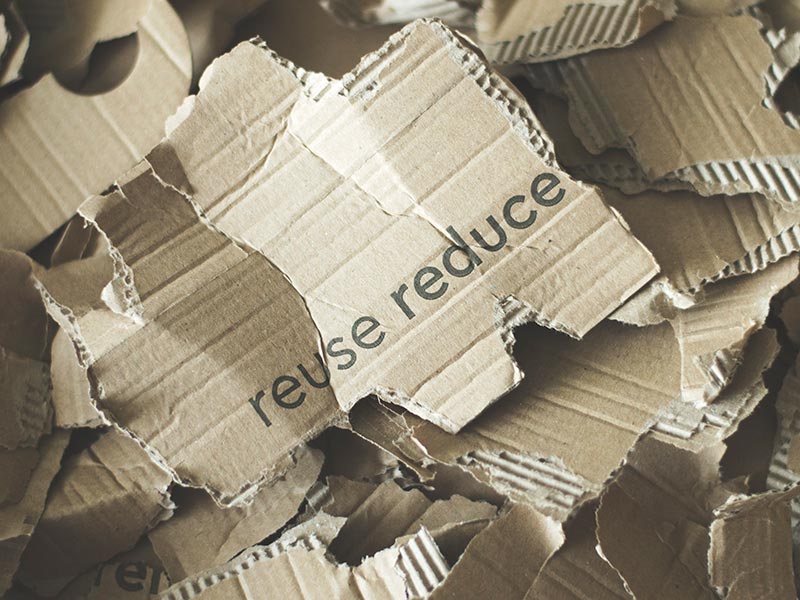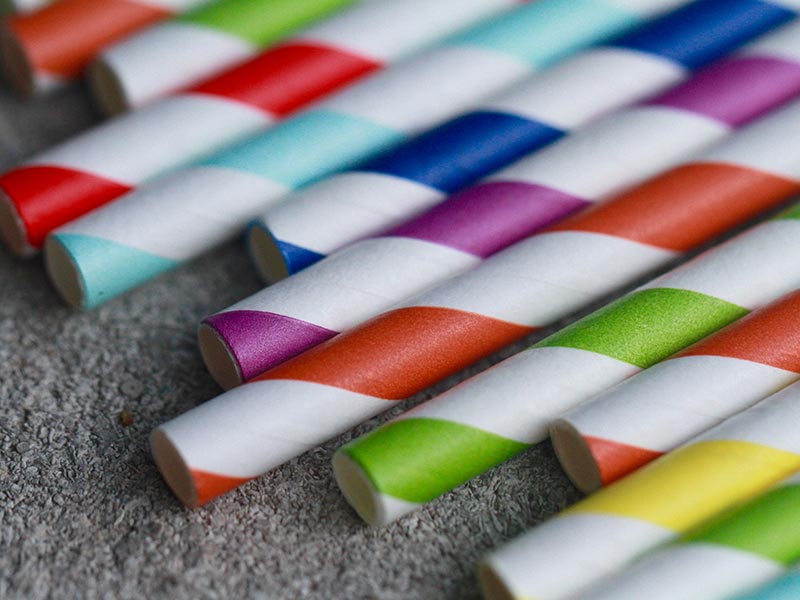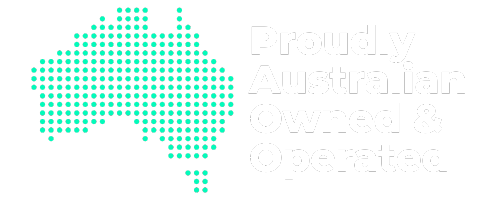Sustainability within the world of events is about reducing negative impacts on the environment and increasing positive impacts for guests, stakeholders and the wider community. It’s a wonderful goal, and one that we’re sure we would all like to routinely meet… However, events by their nature, do not often use sustainable practices and resources. For this reason, creating events with sustainability outcomes cannot be an afterthought and must be a core objective from the start of the planning process.
It’s time that we all get with the program and start making sustainable events a clear benchmark for the industry. To reach your goals and make your event as friendly to the environment as possible, it pays to start early and look at each aspect of your event and how its impact on the environment could be reduced. Areas such as fuel use, water, transport, marketing materials, catering, decorations, waste and recycling can all be reviewed.





